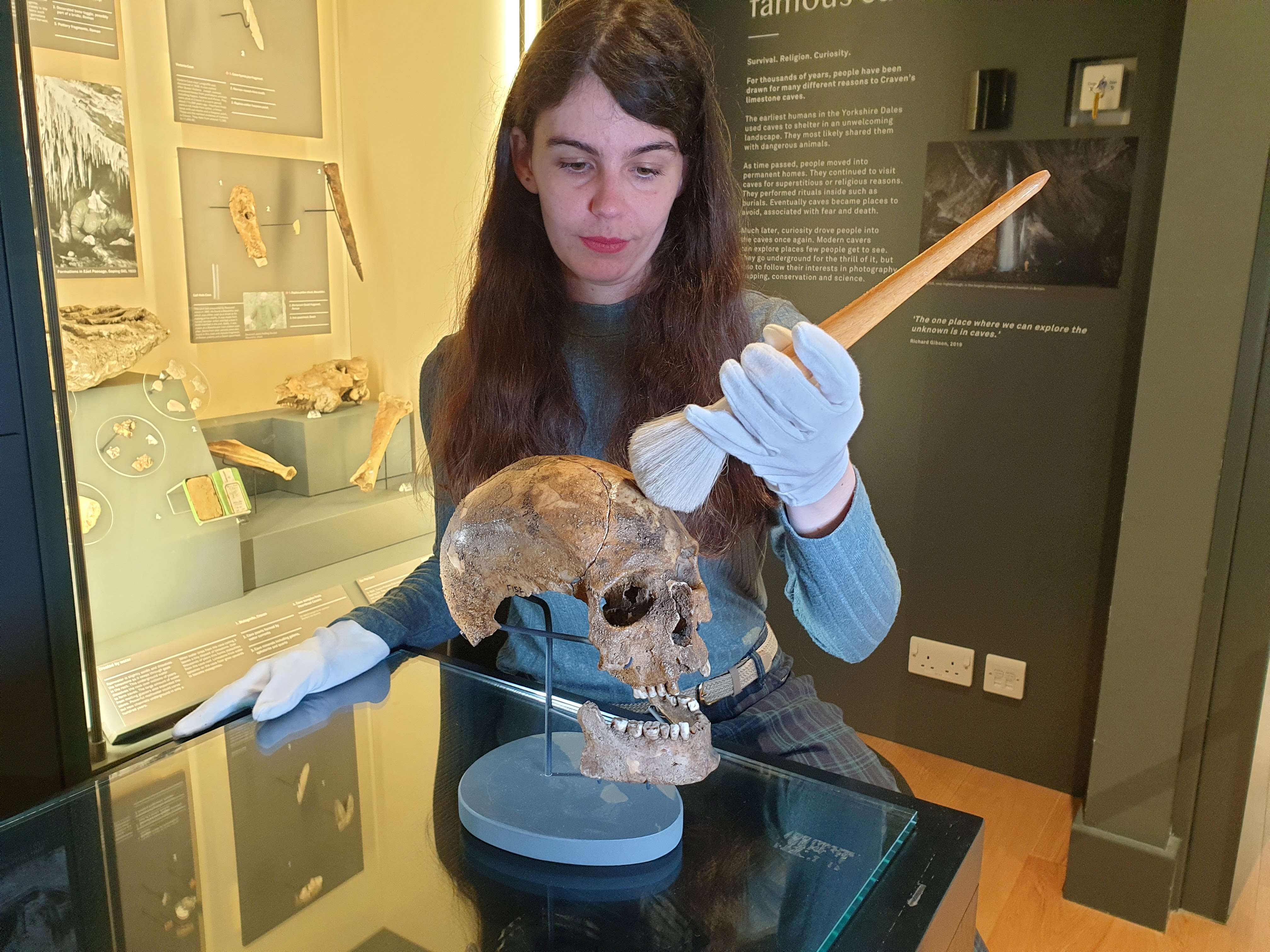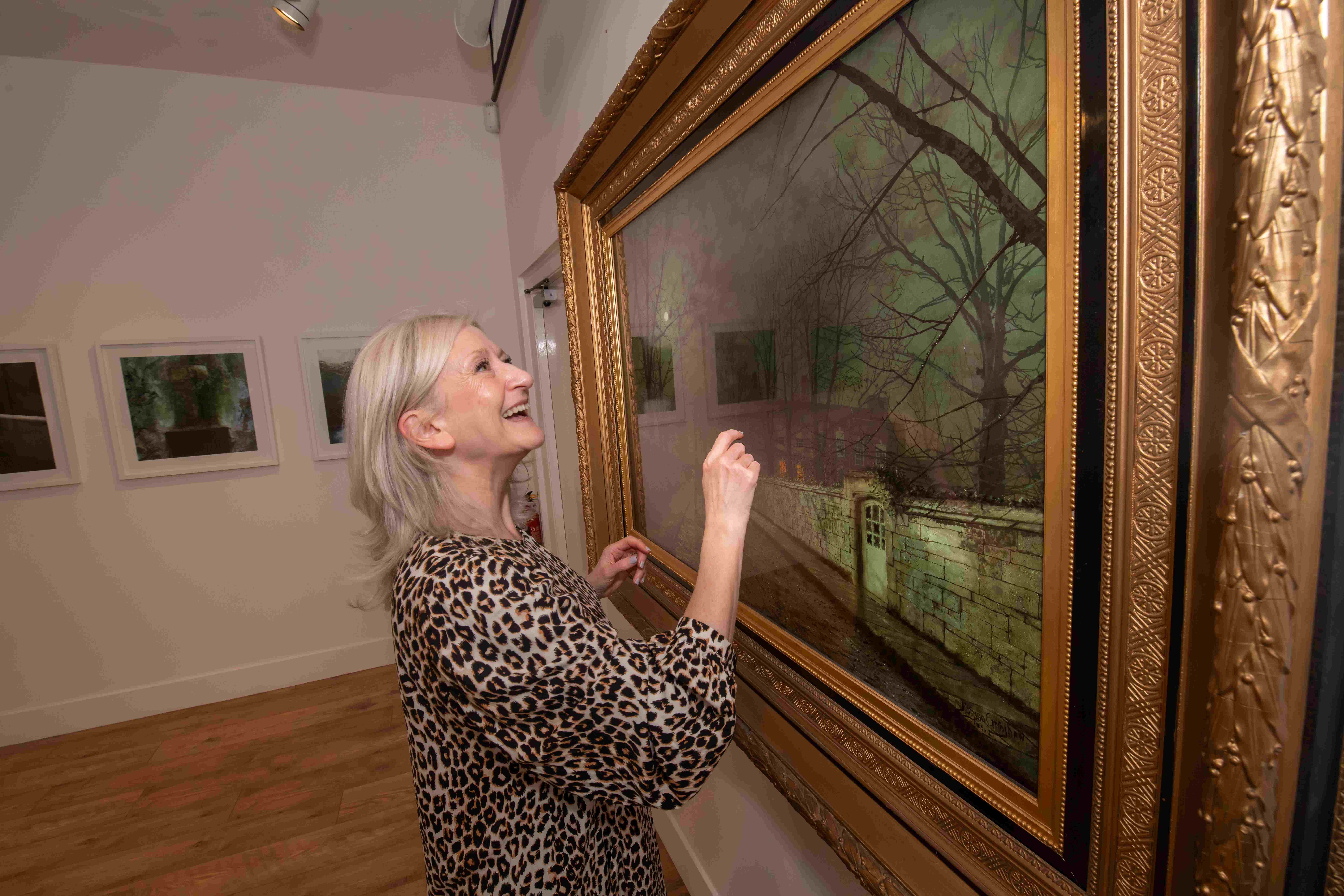Archived newsletter
This newsletter is archived. The information contained within the newsletter was correct at the time of publication.
Beauty and the beasts – a treasure trove of artefacts, plants and insects to explore
They are home to fascinating collections of artefacts, which have captured the imaginations of generations of visitors.
From a desire to learn about the past to seeing heritage up close, museums have attracted and inspired a vast array of people through the decades.
In North Yorkshire, the museums and galleries not only showcase an exceptional collection of inspiring objects, but also offer interactive and hands-on opportunities that directly support learning across the National Curriculum.
Among those in the service run by us, is the award-winning Craven Museum.
Located in the stunning Skipton Town Hall building, which between 2019-2021 underwent a £4.7million restoration project. Craven Museum offers learning opportunities for all ages to enjoy, from fun, educational and exciting activities to hands-on workshops.
Credit: Stephen Garnett for Kids in Museums.
Craven Museum has been shortlisted as one of the finalists for the prestigious Art Fund Museum of the Year 2024. The other four shortlisted museums are Dundee Contemporary Arts (Dundee), Manchester Museum (Manchester), the National Portrait Gallery (London), and the Young V&A - Victoria and Albert Museum (London).
The winning museum will be announced at a ceremony at the National Gallery in London on 10 July and will receive £120,000.
Craven Museum cares for about 60,000 objects. Focused on the local area, the collection spans from pre-history to contemporary items in areas as diverse as archaeology, textiles, fine art, literature, social history, geology and more. The museum has something for everyone, including objects of great local and international importance, as well as an impressive estimated 270 pieces of artwork, with about 145 works coming from the Clement Roebuck bequest.
Last year Craven Museum was crowned the winner of the Kids in Museums' Family Friendly Museum Award 2023.
The museum has some highly significant items, such as one of Shakespeare’s First Folios. The folio, believed to be one of only four on permanent public display, is the first collected edition of the world-famous playwright’s works. It was published in 1623, seven years after Shakespeare’s death. The text was collated by two of his friends and fellow actors, John Heminges and Henry Condell.

The museum’s herbarium collection consists primarily of specimens from the UK is made up of private collections from local enthusiasts in the late 30s/early 40s.
Executive member for culture, arts and housing, Cllr Simon Myers, said: “Our museums play such an important part in charting the heritage of North Yorkshire and it’s great to see the social and economic benefits they provide in such a creative and lively way. Our museums are there for everyone and celebrate the rich histories we share as a community.”
Head of culture and archives, Danielle Daglan, added: “We regularly assess the museum collection for potential conservation issues – in other words, conditions that might damage the objects in the long term. To combat this, we have to carry out preventative conservation. This means creating the right storage conditions and environment for museum items, so that we can avoid outbreaks of these problems in the first place.”
When it comes to arts and collections showcased by us, there is a wide geographical spread. Over in Harrogate, situated just 100 yards from the entrance to the Valley Gardens and the Royal Pump Room Museum, the Mercer Art Gallery is housed in an elegant building complete with tall windows and glittering chandeliers that was formerly Harrogate’s Promenade Rooms.
Originally built in 1806, this magnificent building has been at the heart of Harrogate’s cultural life ever since. It opened as the town’s first public place for spa visitors to socialise. It later became a theatre, then Town Hall, before its rebirth as the Mercer Art Gallery in 1991.
Today, the gallery hosts a wide range of frequently changing exhibitions. Major national and international exhibitions alternate with displays drawn from the Harrogate District Fine Art Collection, and contemporary work by regional artists.

The Royal Pump Room Museum, meanwhile, is packed with interesting artefacts of all aspects of spa life connected to the 'health industry' and lifestyle surrounding the heyday of the springs. The building was created by Isaac Shutt in 1842 to provide shelter for the town’s affluent visitors as they took the famous waters. At its peak, the Pump Room attracted 15,000 people each summer.
Visitors can browse historical objects related to wellness and spa treatments, in recreated treatment rooms using salvaged original fixtures. These dioramas recreate the hydrotherapy facilities, such as the Vichy bath rooms that were to be found in the nearby Royal Baths. Visitors can also see a wheeled mahogany bath which was once used for giving sulphurous peat baths.
Recent additions to the museum include a section of glass floor through which visitors can view the original ‘Stinking Spaw’ - the source of Harrogate’s powerful sulphur waters - and audio-visual locations to bring the town’s spa stories to life.
Meanwhile, a gem on the Yorkshire coast and a must-visit in Scarborough is the Rotunda – the museum of coastal heritage and geology. Opened in 1829, the Rotunda Museum is one of the world’s first purpose-built museums and was constructed to a design suggested by William Smith.
Visitors can learn about dinosaur footprints, fossils, the remarkable 11,000-year-old artefacts from the Star Carr Collection, as well as coming face-to-face with the remains of ancient creatures which once called Yorkshire home in the Ancient Seas Gallery.
A stone’s throw away is the Scarborough Art Gallery. This houses a permanent collection of fine art, which has grown through gifts, bequests and purchases since its beginnings in 1947, reflecting the vibrant mix of the community and its cultural heritage.
The gallery boasts 229 oil paintings, 10 permanent sculptures, an impressive geology and archaeology collection, and a renowned 19th century Herbarium collection. For anyone intrigued by bugs and entomology, the museum boasts a huge collection of little beasts, containing 40,000 variety of organisms, such as insects, spiders, centipedes, and millipedes.
Cllr Myers added: “Museums have the power to create unity on both a social and political level, but also on a local one. Local museums are able to provide a sense of community and place by celebrating a collective heritage, offering a great way to get to know the history of a particular area.
“So, if you haven’t yet had chance to visit museums and galleries run by North Yorkshire Council now’s your chance to get up close with nature, discover fascinating creatures and intriguing science on a visit that’s perfect for the whole family.”
